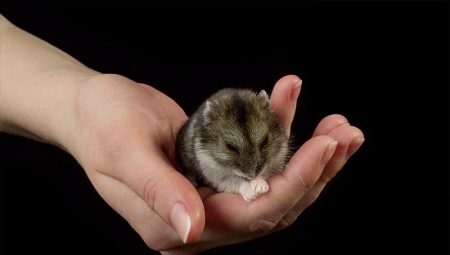Very often choosing a pet for themselves, people opt for such interesting animals as hamsters. Among them, the most popular is the dzhungarik. He does not require special care, except that he does not need to walk, and unlike his relatives, he does not stock up, so his cell always looks neat.
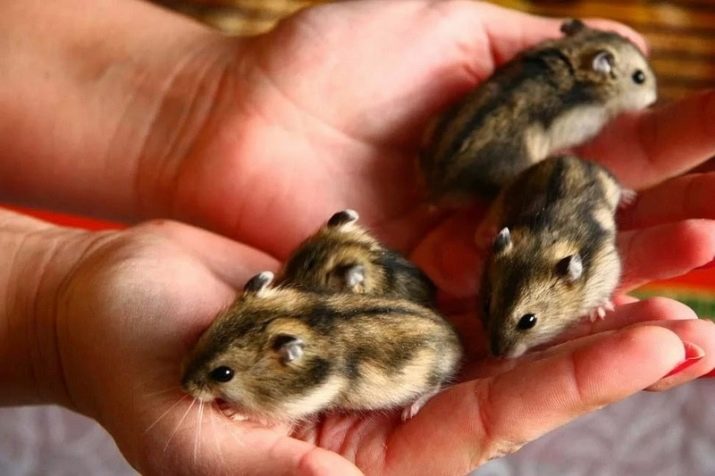
Hamsters Features
If we talk about his real natural place of residence, then it is most often desert and steppe. Such an interesting name as dzhungariki, they received from the place where they were first discovered. This is the province of Dzungaria, which is located in Northwest China.
By nature, these animals are loners. They dig holes for themselves, which can reach up to 1.5 meters in depth. In addition, their home always has many exits and entrances. Their active life begins from the time when the sun sets. After that, they begin to build holes, search for food, and also stocking up supplies for the winter.
Most often, berries or grass fall into their diet, but if they find it, then it can be any cereals that are in this area. In addition, they can eat insects. Very often, to find food for themselves, they run several kilometers a day. If a Dzungarian hamster runs along an unprotected plain, then any predator can catch it. But most often they hide or disguise themselves, as they have a color that merges with this area. Therefore, predators must work hard to catch them.


The hamsters look pretty cute. They have a small muzzle and small ears. In addition, the body length does not exceed 12 centimeters, while their weight reaches 60 grams.Their coat is short and thick. On the back, the color is most often dark, and on the abdomen lighter. However, they differ from others by a strip that runs along the entire ridge. In addition, their ears and legs are almost white.
Compared to them, domestic hamsters, they differ only in a variety of colors. They live no more than three years, and then - with good care. In addition, this type of hamster is not very sociable, so it will be difficult to tame them.

To do this, you need to give him a little attention every day, talk with him, give various sweets. However, it’s impossible to get hold of hands forever. If a person does not communicate with him for more than a week, the animal will again become wild. In this case, the taming will need to start over.
It should be remembered that the Dzungarian hamsters are nocturnal animals. Accordingly, their activity begins at this particular time. Therefore, it is best not to place them next to your bedroom, otherwise the animal simply will not let you sleep.
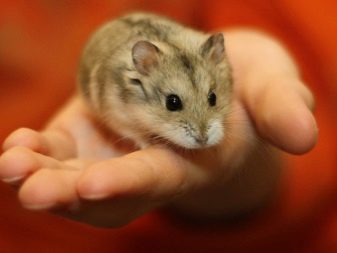
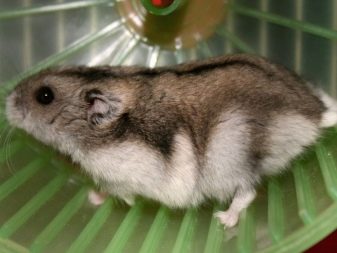
However, we must remember that they really do not like bright light, as well as loud sounds. In addition, they are afraid of the cold.
How to equip a cage?
It is necessary to keep such an animal in a cage, as in cardboard boxes it will be very difficult to care for them. You can buy a cage in a special store or make it yourself. It must have a sharpener, a place for the toilet, as well as a bowl for food and water. Hurry with the placement is not worth it. The animal itself must determine the place of the toilet and only then can everything be installed.
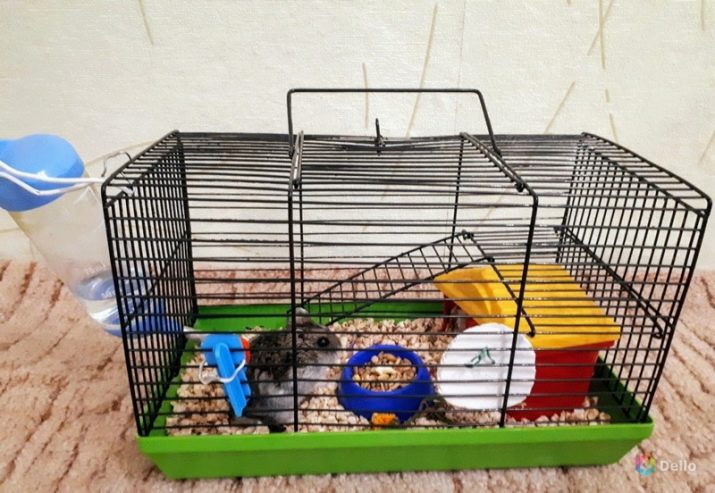
Pencil sharpener
It will be very difficult to do without it, since the teeth of a Dzungarian hamster grow in the same way as a person’s nails. To do this, you can simply stock up on small tree branches or buy them in a store if not nearby.
In addition, you can purchase mineral stones, which will also help grind their teeth. If there is nothing to sharpen them, then the hamsters will take over the cage, and then for everything else that is in it.
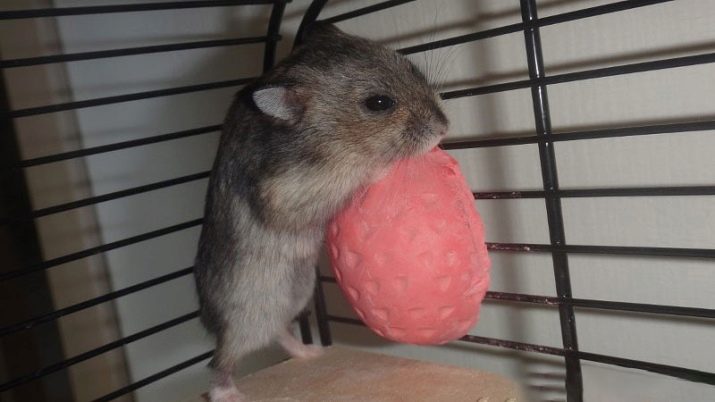
Filler
It is best to buy special granular fillers at pet stores. They are diverse and like a hamster. However, they can also be made from improvised materials, for example, from cut napkins or paper. In addition, very small sawdust is suitable. The main thing is that the litter should be unflavored.
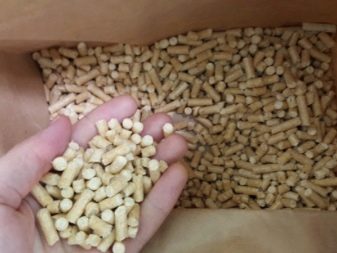
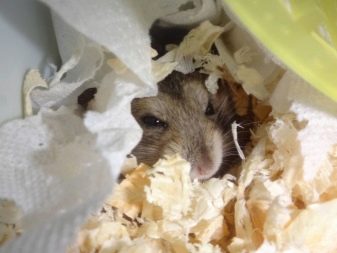
But you do not need to use cotton, as the hamster can simply get confused in it and not get out because of its small stature.
Toys
Since the dzhungarik is a very small pet, and for its maintenance does not require a lot of space, then the toys should also correspond to the size of his house. You can diversify his life with the help of small tunnels, which can be bought in a store or made with your own hands. In them, the pet will be able to run for pleasure.
In addition, a running wheel is considered a great toy. With its help, the animal will get rid of excess weight, and will also be able to run for pleasure. And also the owners at this time will be able to watch your favorite hamster.
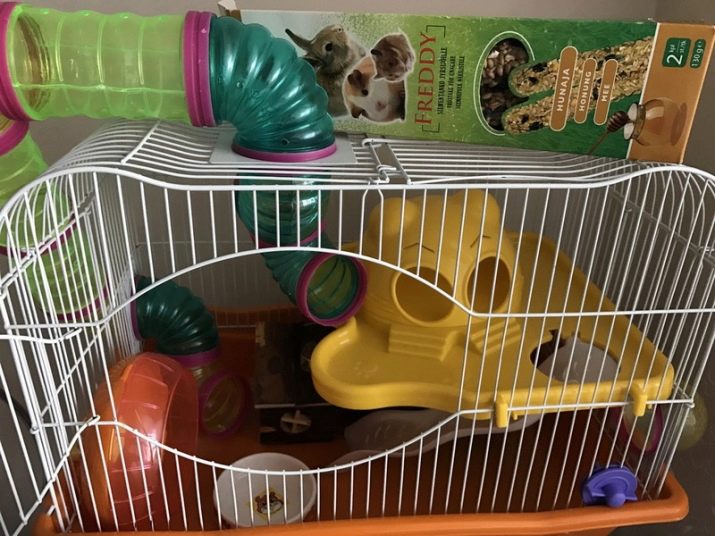
In addition, you can build a small maze, which can be made from pipes. It also serves as an excellent entertainment not only for the animal, but also for the whole family.
Food
If we talk about the natural habitat of the jungar, the main part of the diet consists of various seeds, as well as cereals. At home, you also need to adhere to the same nutrition. You can buy ready-made mixes that are sold in pet stores. In addition to all this, vitamins and minerals are added to them. If the menu will be compiled independently, then you can choose a number of necessary products.
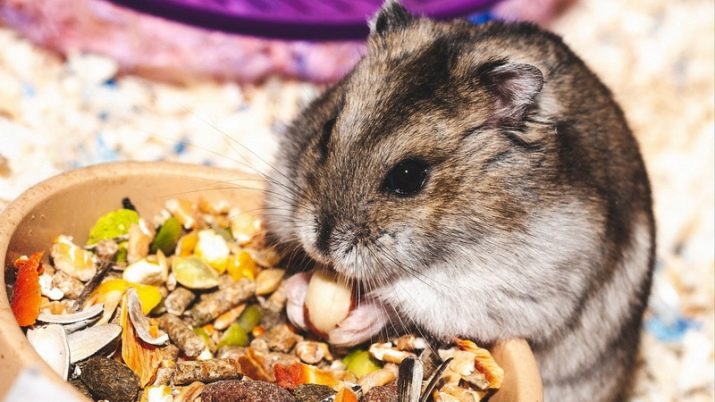
Cereal
The diet of the dzhungariks should consist of the following grains, each of which benefits his body:
- wheat - it can be either whole grains or bran;
- cereals or ordinary oats;
- barley or whole barley;
- some corn, since it is harmful to hamsters.

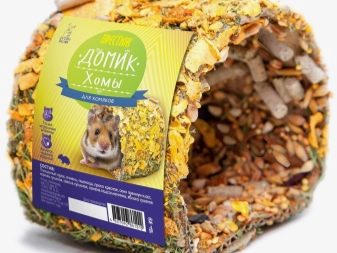
Sunflower seeds
They must be given in limited quantities, since any seeds contain a large amount of fat. The most useful for hamsters are the following:
- pumpkin;
- sesame seeds;
- linen;
- sunflower seeds.

Nuts
Since hamsters are prone to obesity, you should be as careful as possible with such products. After all, any of them are quite high in calories. Dzhungariki are very fond of:
- walnuts;
- hazelnut;
- peanut.

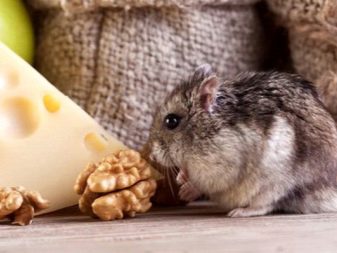
However, it is necessary to protect them from almonds and pine nuts.
Vegetables, fruits and berries
Of the vegetables, cucumbers and cabbage, peppers and broccoli are considered the most useful. But it is better to refuse potatoes and carrots, as this can also lead to obesity.
Berries and fruits should also be included in the pet's diet. However, they should not be sweet. For example, it is strawberry or cherry.
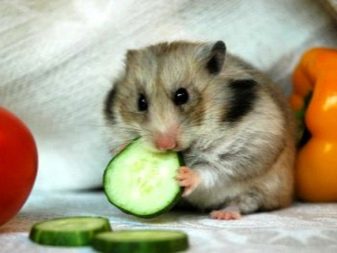

Squirrels
Although hamsters love plant foods more, their diet must also contain proteins. It can be simple insects that are easy to get at pet stores, or you can give boiled egg white or boiled chicken. However, these products should be in a minimal amount.
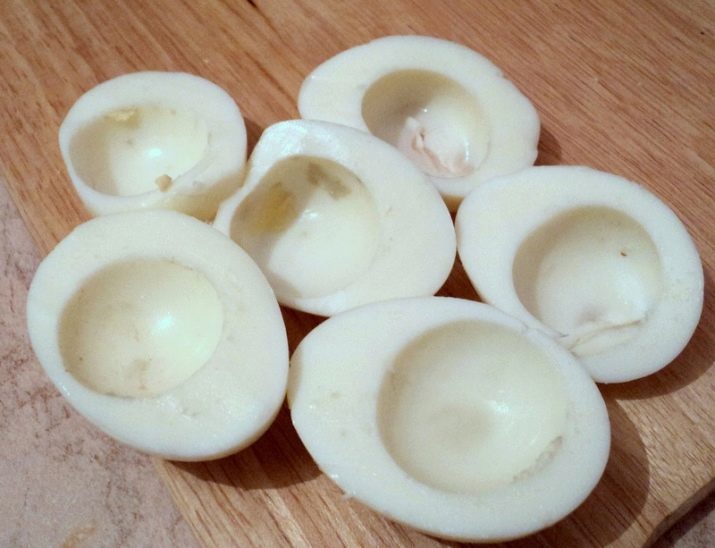
Care
Keeping animals such as hamsters at home requires some attention and time. This is, first of all, the frequent replacement of the litter and the removal of all leftover food. In addition, every day you need to wash all the dishes, as well as do a general wet cleaning. The cage is best set away from the bedroom. In addition, sunlight should not fall on it, and there should not be drafts anywhere so that your beloved pet does not catch a cold.
During cleaning, in the cage of a beloved pet, it is necessary to transfer it to another place, for example, in a box or a jar, since he absolutely does not like strangers in his house. You don’t need to throw out all the half-eaten food, you only need to remove one that goes bad very quickly.
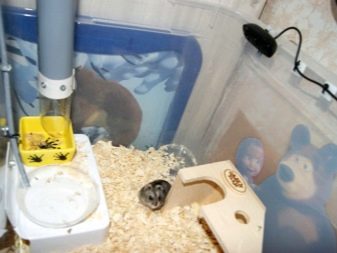

If the cage is very dirty, it is necessary to wash it with a detergent, but it must be hypoallergenic, as well as odorless, otherwise the hamster will not want to return to it.
It is necessary to carry out general cleaning daily. This is necessary so that the smell of the hamster is not audible throughout the apartment. But the change of toilet is correct once a week. However, the filler does not need to be completely removed, otherwise the jungar will immediately lose its reference point.
You also need to take care of the hamster itself. They must be looked after with special zeal. To do this, put a deep container with clean and sifted sand into the cage. In it, he can enjoy somersaulting. Hamsters themselves should not be bathed in water, as this will be a real shock for the animal. They can clean themselves.
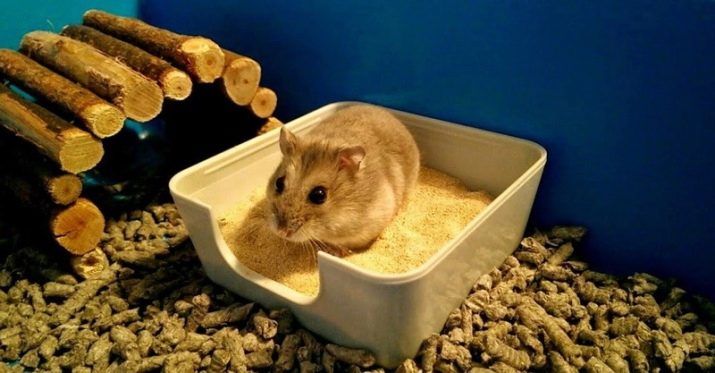
It must be remembered that dzhungariki are loners by nature. Therefore, having decided to add a neighbor of any gender to them, we must first think carefully about everything. After all, this can lead to a manifestation of aggression or even to a small skirmish. In addition, the hamster can become depressed and even die from it. P
Therefore, when buying a second hamster, you need to think carefully about it. In this case, it will be best to buy a second cage.
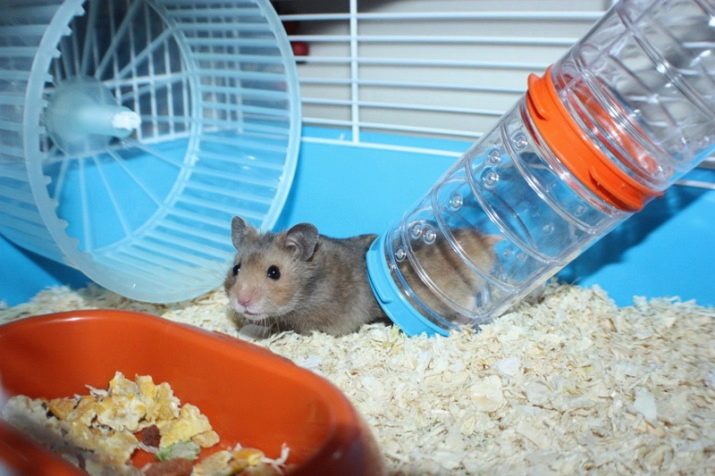
Breeding
If you can’t settle hamsters together, the question arises of how they will breed, sitting in separate cells. However, animals should be planted together only for the time of mating, when the female begins to estrus. The mating itself must take place either on neutral territory or in the male’s cage.
Hamster puberty begins at the age of three months. However, the first mating is best done only after 5 months, so that the young “mommy” could get stronger and endure her future generation. After mating, you need to put both animals in their original places.
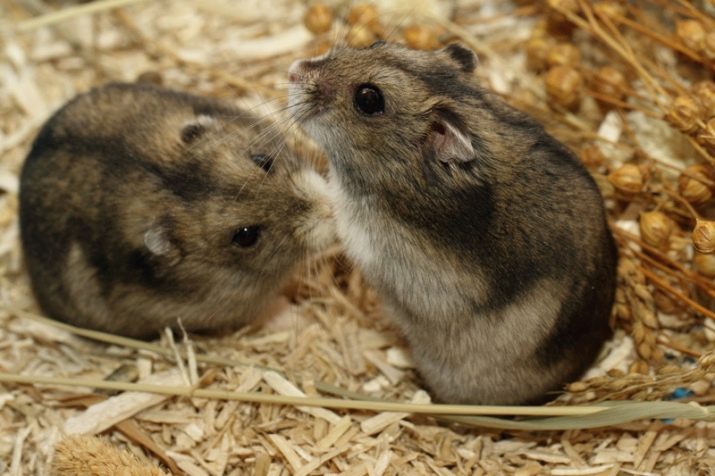
You can check how the mating happened by feeling the female with your hands. Small balls should be felt on the abdomen - these are future hamsters. In addition, over time, the pregnant animal becomes thicker and slightly resembles a pear in its appearance.The nipples of the female also increase.
The animal becomes very aggressive, as well as looking for more secluded places. The female's appetite rises and her thirst is also tormenting. Pregnancy lasts from 18 to 21 days. The number of babies does not exceed 6 pieces. However, in rare cases, there may be more.
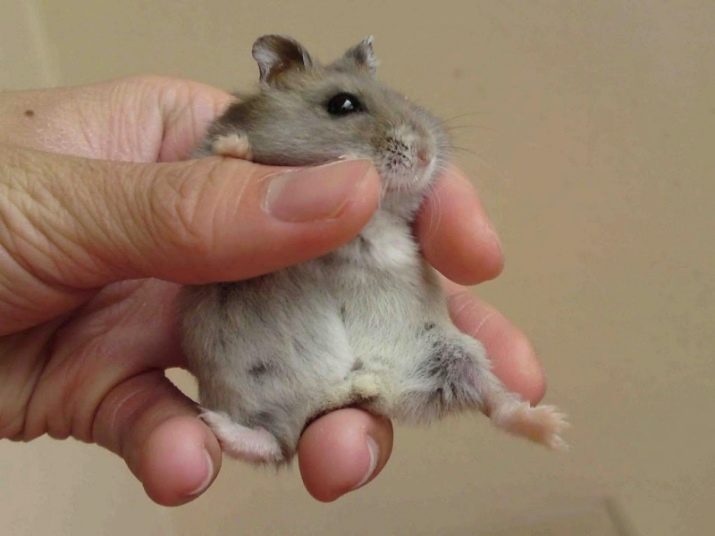
And also a few days before the birth, you must stop cleaning in the cage, so as not to disturb the animal. It is necessary to increase the amount of protein in her diet, as well as give more water.
Delivery takes place very quickly, almost imperceptibly, most often it happens at night. After the female gave birth, she needs to be given a little rest, two months will be enough. And only after that you can again let her to the male. This is necessary so that she could gain strength before a future pregnancy.
Within two weeks, you need to put another drinker in the cage with water, as well as a bowl for food, which should be slightly lower. They will be needed for kids who find it difficult to eat from large dishes. But after 30 days they will need to be transplanted into separate cells.
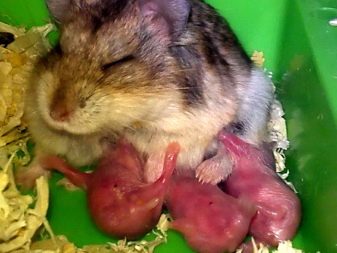

Disease
These small animals are susceptible to various diseases. Most often, they appear as a result of poor care for them.
For example, if you accidentally move cells or change their mode, animals may experience stress. As a result, aggression may appear in hamsters, and breathing will become more frequent. In some cases, it is even fraught with baldness. In this case, you should definitely contact specialists to help cope with these diseases.
If a cat has a cold, as a result of which they begin to cough and sneeze, then it is imperative to introduce more vegetables and fruits into the diet. In addition, you need to drink them with warm milk. And it is also necessary to remove the cage from the draft and put it in a warmer place.
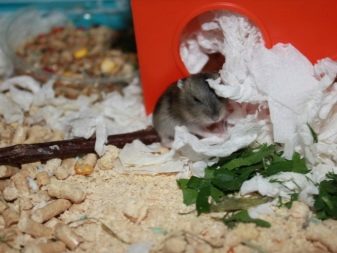
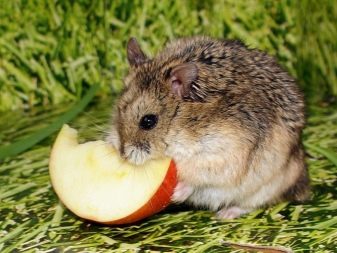
Too mobile hamsters can be injured. As a result, their limbs may be affected. In this case, it is necessary to fix the damaged leg of the animal, if possible. If this still does not help, then we must try to make sure that he behaves more calmly. In addition, it is necessary to introduce more calcium into the diet, it can be nuts or seeds.
Be sure to remove all the toys that can injure the hamster. After 2 weeks, the bones must necessarily grow together.
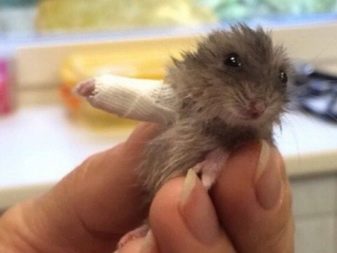
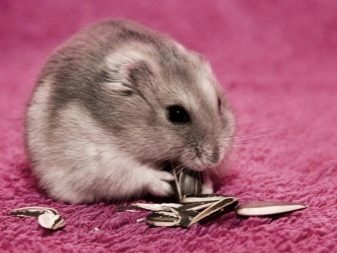
If the animal does not tolerate any product, then he may have diarrhea. In this case, sticky rice must be introduced into the diet, and if, on the contrary, the hamster has constipation, then you need to give a little vegetable oil, literally a few drops. This can be done using a pipette. You need to act carefully so as not to scare him.
Sometimes the eyelids stick together in the dzhungarik - this indicates conjunctivitis. In this case, the eyes of your pet should be washed with saline or strong brewed black tea.
Those animals that have very long incisors may lose their appetite, and they completely refuse to eat. To help them, you need to carefully cut the incisors. This can be done using ordinary nail clippers. However, it is best to contact your veterinarian in this case. A professional will definitely do everything carefully and will not harm the beast.
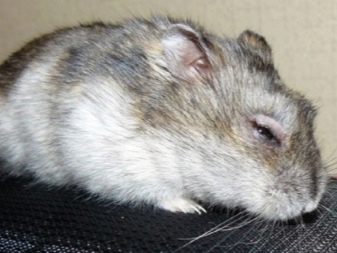

It often happens that dzhungariki either have fleas or ticks that leave wounds throughout the body of small pets. In this case, you need to treat them with special lotions or aerosols.
Very often, hamsters also have a skin disease, such as eczema. Their hair immediately falls out, and the skin also begins to exfoliate.
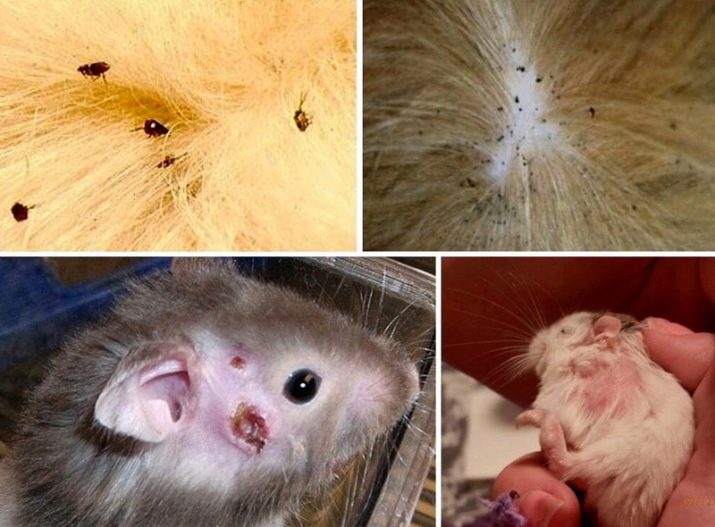
Those who decided to get such an interesting animal at home should definitely familiarize themselves with all the rules of its keeping in order to be ready for all difficulties. It must be remembered that any living creature in the first place requires attention. It consists not only in playing with your favorite pet, but also in caring for it.
See how to keep a Dzungarian hamster in the next video.
